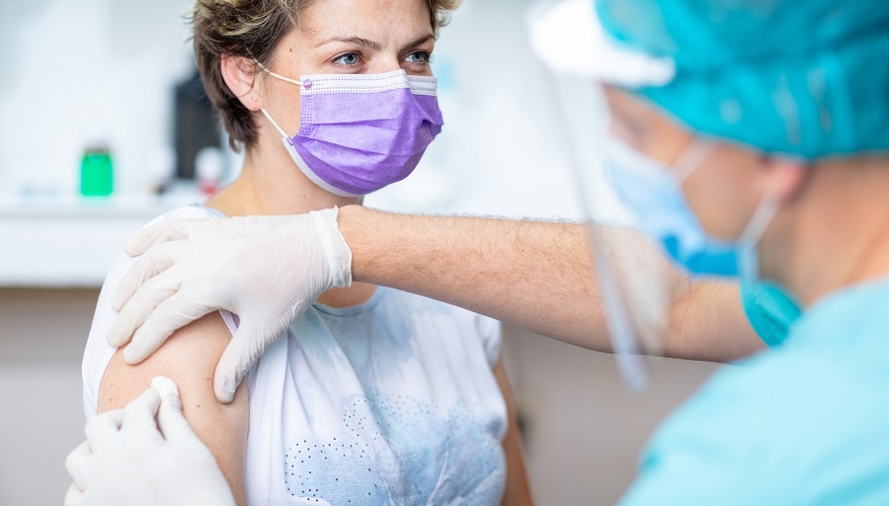The Arrival of Vaccine is a Reason for Optimism
Jan 4, 2021

The roll out of both the Pfizer and Moderna COVID vaccines have gone much more smoothly than many other aspects of battling this pandemic have so far. The process from FDA emergency use approval to distribution down through the states, to counties and finally health care facilities has gone very quickly.
According to the Wall Street Journal, Pfizer is expected to distribute 25 million doses in the US by year’s end with Moderna adding another 20 million. While 45 million is a lot, there are 330 million Americans. California, with its population of just shy of 40 million, has received about 350,000 doses so far. Thus, these initial doses must be distributed following a rational strategy. This multi-phased strategy is dictated by the California Department of Public Health aided by recommendations from both the CDC and FDA. Emphasis is first given to areas of the State being hardest hit by the pandemic. The strategy places healthcare workers (HCWs) who care for COVID patients first and includes many others such as emergency first responders. Nursing home staff and residents are also given priority. Next, are other healthcare workers who, while perhaps not directly caring for COVID patients, are none-the-less very important for the functioning of the overall health care system. Soon thereafter, the vaccine will be made available to people in the general public, starting with those who are at highest risk.
I asked Dr. Andy Coren, our Mendocino County Health Officer, to share his perspective on the process. “(Our health department) is carefully working through the ethical schedule required by State, prioritizing the most vulnerable people and front line HCWs and emergency service first responders,” Coren said. He shared that they are starting to make plans to set up mass vaccination clinics once doses of the vaccine are made available for the general public. While it is still too early to say when that will happen, Coren assured me that the process of prioritization is being done carefully to ensure an equitable and ethical distribution.
Two weeks ago, we started administering the first doses of the vaccine to our own front-line staff at the Adventist Health Mendocino Coast hospital. We have now been able to vaccinate most of the hospital and clinic staff as well as physicians, offering it to those who wish to receive it. Since I am one of the doctors who help care for COVID patients, I got my shot on December 18th. Side effects experienced by those receiving it so far have been all minimal, mostly just soreness in the muscle for about two days. This is the desired effect as one needs an inflammatory response to trigger the immune system to make antibodies, so that is a good thing. A booster shot is required in 3 weeks for Pfizer and 4 weeks for Moderna to bring the protection rate to about 95%.
This vaccine is likely to be a game changer as we move into the New Year and is certainly a reason to celebrate.


